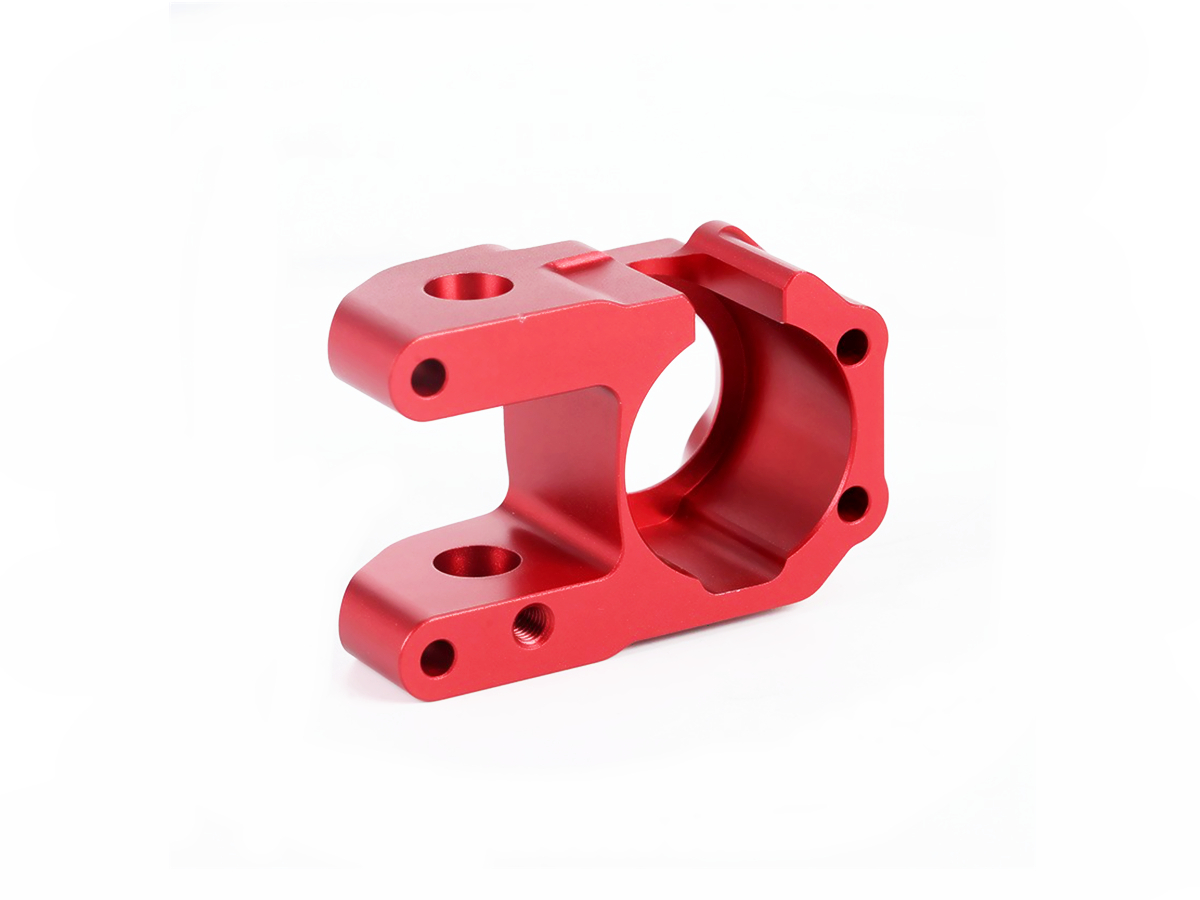Unlock the Potential of Aluminum with Mass CNC Machining for Lightweight Parts
Introduction
Mass CNC machining of aluminum offers manufacturers a precise and efficient solution for producing lightweight parts with high strength and durability. Aluminum alloys such as 6061, 7075, and 2024 are widely used in industries like aerospace, automotive, and consumer electronics due to their excellent strength-to-weight ratio, corrosion resistance, and versatility. By utilizing Aluminum CNC Machining, manufacturers can produce high-precision, high-performance components in large quantities, meeting the demands of industries that require lightweight yet strong parts.
Mass production with CNC machining enables efficient aluminum parts manufacturing with tight tolerances, helping companies reduce lead times and costs while maintaining high-quality standards. Mass CNC Machining provides the scalability required to produce complex components for industries like automotive and aerospace, where lightweight materials are crucial for performance and fuel efficiency.
Aluminum Material Properties
Material Performance Comparison Table
Aluminum Alloy | Tensile Strength (MPa) | Yield Strength (MPa) | Hardness (HRC) | Density (g/cm³) | Applications | Advantages |
|---|---|---|---|---|---|---|
240–290 | 205–275 | 60–90 | 2.70 | Aerospace, automotive, structural components | Excellent weldability, good corrosion resistance | |
500–570 | 430–505 | 70–90 | 2.81 | Aircraft, military, high-stress components | High strength-to-weight ratio, excellent fatigue resistance | |
470–520 | 325–430 | 60–80 | 2.78 | Aerospace, high-performance components | High strength, good machinability | |
240–290 | 230–290 | 60–70 | 2.68 | Marine, automotive, chemical equipment | Excellent corrosion resistance, good workability |
Selecting the Right Aluminum Alloy for CNC Machining
Selecting the ideal aluminum alloy for CNC machining is critical in ensuring that the parts meet strength, weight, and performance requirements:
6061 Aluminum: Perfect for general-purpose applications, such as structural components in aerospace and automotive, offering good strength, weldability, and corrosion resistance.
7075 Aluminum: Best for high-performance applications where strength is crucial, such as aerospace and military components, offering high strength-to-weight ratio and excellent fatigue resistance.
2024 Aluminum: Recommended for applications where high strength and machinability are required, commonly used in aerospace components that demand high tensile strength and resistance to fatigue.
5052 Aluminum: Ideal for marine and automotive parts, where excellent corrosion resistance is necessary and good workability is required for complex shapes.
CNC Machining Processes for Aluminum Parts
CNC Process Comparison Table
CNC Machining Process | Accuracy (mm) | Surface Finish (Ra µm) | Typical Uses | Advantages |
|---|---|---|---|---|
±0.005 | 0.4–1.6 | Aerospace, automotive components | High precision for complex shapes | |
±0.005 | 0.4–1.0 | Cylindrical parts, shafts | Consistent, high-quality surface finishes | |
±0.01 | 0.8–3.2 | Holes for fasteners, threaded components | Quick, precise hole-making | |
±0.003 | 0.2–1.0 | Complex aerospace parts, robotic components | High precision, machining complex geometries |
CNC Process Selection Strategy
The choice of CNC machining process for aluminum parts depends on part complexity, accuracy, and surface finish requirements:
CNC Milling: Best for machining complex parts and geometries, such as aerospace and automotive components, offering high precision (±0.005 mm) and versatility for intricate designs.
CNC Turning: Ideal for producing cylindrical parts, including shafts and bearings, ensuring consistent accuracy (±0.005 mm) and high-quality surface finishes (Ra ≤1.0 µm).
CNC Drilling: Essential for making precise holes and threads in aluminum parts, with fast, accurate hole-making capabilities (±0.01 mm).
Multi-Axis Machining: Best suited for parts with intricate multi-directional features, offering superior precision (±0.003 mm) and reducing production steps.
Surface Treatments for Aluminum Parts
Surface Treatment Comparison Table
Treatment Method | Surface Roughness (Ra µm) | Corrosion Resistance | Max Temp (°C) | Applications | Key Features |
|---|---|---|---|---|---|
≤0.8 | Excellent | 400 | Aerospace, automotive, marine | Enhanced corrosion resistance, increased surface hardness | |
≤1.0 | Excellent | 200 | Automotive, industrial equipment | Durable, aesthetic finish, corrosion protection | |
≤1.0 | Excellent | 450–600 | Aerospace, high-performance parts | Increased hardness, enhanced wear resistance | |
≤1.0 | Excellent | 250 | Food processing, aerospace | Improved corrosion resistance, increased longevity |
Surface Treatment Selection Strategy
Choosing the right surface treatment for aluminum parts enhances their durability, wear resistance, and performance in various applications:
Anodizing: Ideal for aluminum parts exposed to corrosive environments, such as aerospace and marine applications, providing enhanced corrosion resistance and surface hardness.
Powder Coating: Perfect for automotive and industrial equipment, offering both aesthetic finishes and durable protection against corrosion.
PVD Coating: Suitable for high-performance aerospace and automotive parts that require increased wear resistance and hardness.
Passivation: Recommended for aluminum parts used in food processing or high-corrosion environments, improving corrosion resistance and ensuring long-term durability.
Typical Aluminum Rapid Prototyping Methods
Effective prototyping methods for aluminum components include:
CNC Machining Prototyping: Ideal for rapid, high-precision production of aluminum parts with low-volume requirements.
Aluminum 3D Printing: Perfect for creating complex geometries and custom designs with quick iterations.
Rapid Molding Prototyping: Cost-effective for producing moderate-complexity aluminum parts quickly before scaling up to mass production.
Quality Assurance Procedures
Dimensional Inspection: ±0.002 mm accuracy (ISO 10360-2).
Material Verification: ASTM B221, ASTM A380 standards for aluminum alloys.
Surface Finish Assessment: ISO 4287.
Mechanical Testing: ASTM E8 for tensile and yield strength.
Visual Inspection: ISO 2768 standards.
ISO 9001 Quality Management System: Ensuring consistent quality and performance.
Key Applications
Aerospace: Aircraft fuselages, wings, and internal components.
Automotive: Engine blocks, chassis components, structural parts.
Industrial Equipment: Pumps, gears, and mechanical components.
Marine: Boat frames, propulsion systems, and marine hardware.
Related FAQs:
Why is aluminum ideal for lightweight parts in mass production?
What aluminum alloys are best for CNC machining in automotive and aerospace applications?
How do surface treatments enhance the performance of aluminum components?
What are the advantages of mass CNC machining for aluminum parts?
How does low-volume CNC machining support prototyping for aluminum parts?

